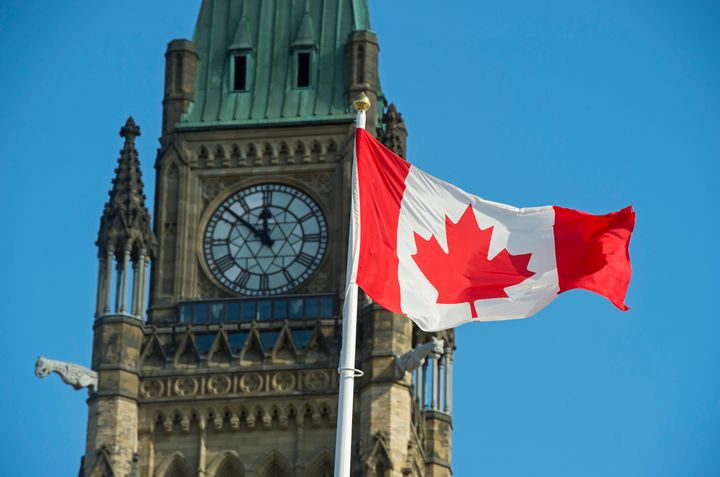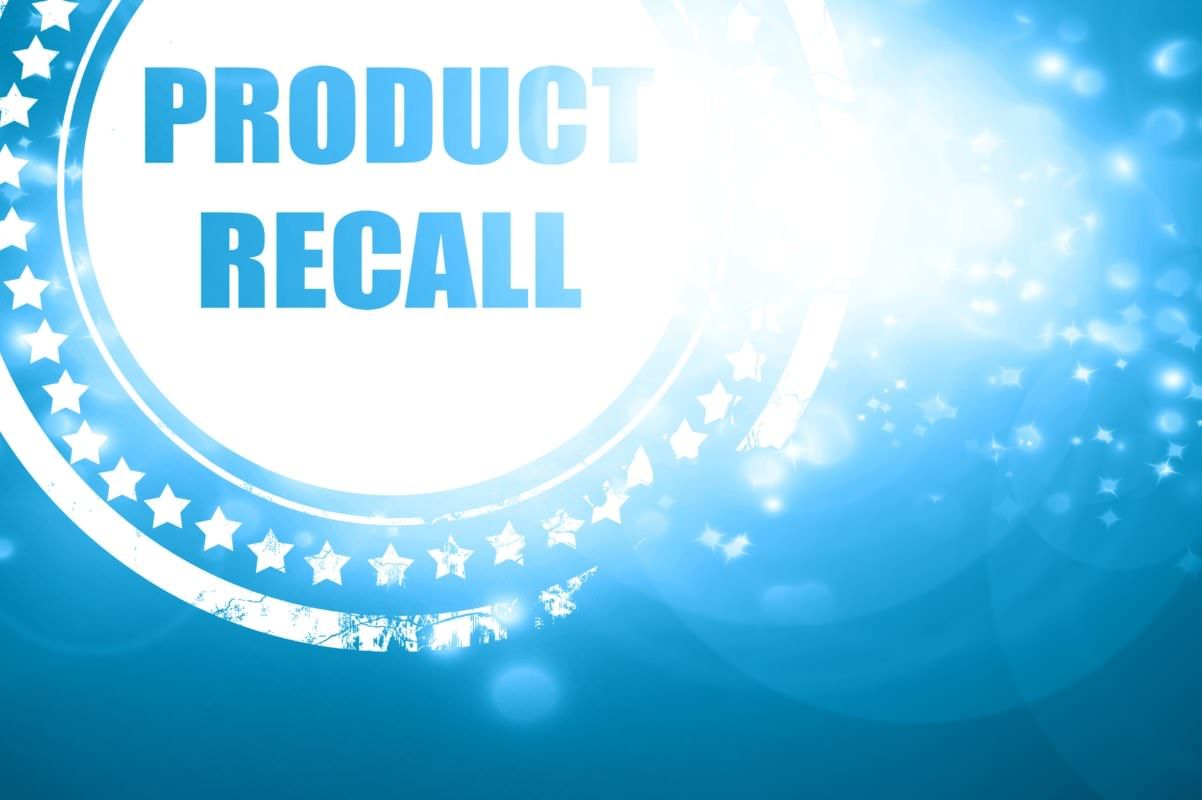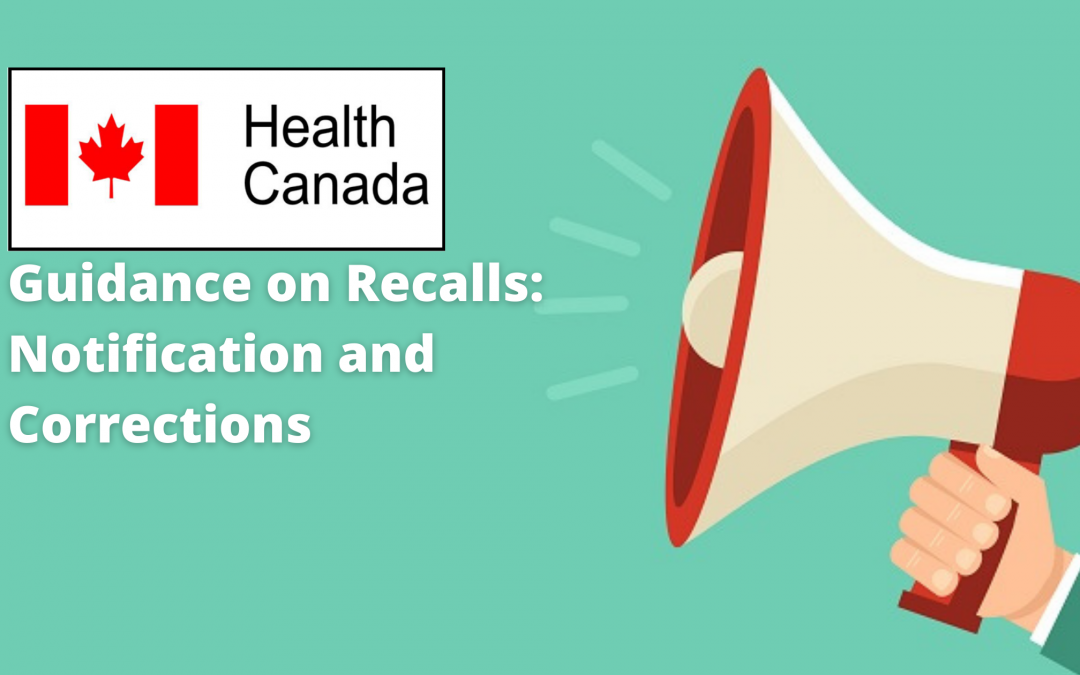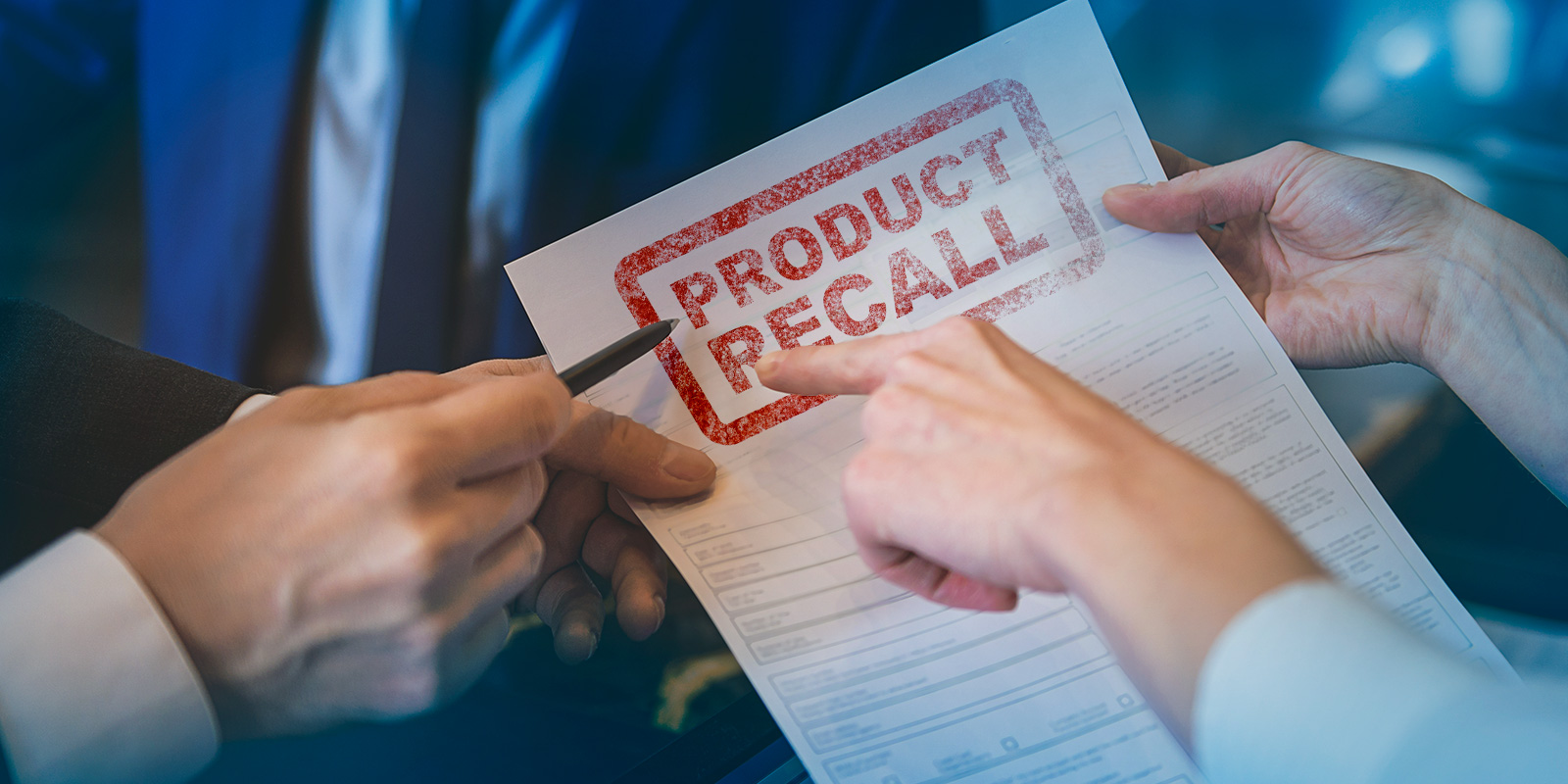Health Canada, the country’s regulating authority in the sphere of healthcare products, has published a guidance document dedicated to recalls. The document provides general information about recalls and also a detailed description of the main phases of the recall process, including initiation of a recall and further notification and correction. The document is intended to assist medical device manufacturers and other parties involved in operations with medical devices in ensuring compliance with the applicable regulatory requirements.

Table of Contents
During the first two stages of a recall process, the party responsible for a medical device (e.g., medical device manufacturer) identifies the need in recall and develops a recall plan. The present article describes in detail further steps to be taken.
Stage Three: Notification and Correction
According to the guidance, the party responsible for a medical device subject to a recall should duly notify all known entities potentially holding such devices about the recall and communicate information about the actions to be taken with regard to the device. The parties involved in medical device supply (e.g., importers and distributors) should have detailed enough procedures in place describing how a recall request from the medical device manufacturer would be executed.
First, it is important to identify the devices subject to recall and implement measures preventing them from being supplied to the customers. Then, once measures ensuring the number of devices being used will not increase are in place, it is necessary to identify affected customers already holding the devices. For this purpose, distribution records could be used. If the scope of a recall covers medical devices from a specific batch and distribution records available provide such details, only the holder of devices from the affected batch should be contacted. Hence, detailed distribution records can simplify and facilitate the recall process and reduce the time and effort needed to contact all affected customers.
At this particular stage, the initial recall report should be submitted to the regulating authority.
The approach to be applied for contacting affected customers should ensure important information will be communicated without undue delay. All telephone calls should be followed by written notifications.
The timeline for notifying the affected customers should be prescribed by the recall procedures and depend on the type of recall, namely:
- For Type I recalls, make initial contact within 1-2 business days of starting the recall,
- For Type II recalls, make initial contact within 3-5 business days;
- For Type III recalls, make initial contact within 5-7 business days.
Should it be impossible for the responsible party to contact the affected parties within the timeframe described above, the appropriate justification should be provided in the recall strategy.
Moreover, a recall procedure should also describe how the responses should be tracked. For this purpose, the appropriate records should be maintained, indicating the information about the attempts made and their results. Additionally, it is also important to have records related to further actions to be taken in response (e.g., returning the affected devices to the manufacturer for reworking or additional inspection). Should a recall procedure prescribe several actions to be performed by the parties involved, all such actions should be duly tracked and recorded.
If, according to recall procedures, the affected medical devices should be returned to the manufacturer, it is also necessary to implement measures ensuring such devices would not be made available again without passing additional procedures prescribed by a recall plan.

Stage Four: Follow up
The recall procedures should also cover such aspects as:
- Evaluating the recall’s effectiveness;
- Remedial actions;
- Disposition of the affected product.
Once the recall is complete, it is important to evaluate its actual effectiveness in terms of responses received and actions taken. The particular approach to the evaluation of a recall’s effectiveness should be specified in the appropriate procedure to be developed and introduced by a responsible party. For this purpose, the latter could use details about the responses received or contact affected parties and request additional information about the acting’s taken.
The guidance pays special attention to cases when the responsible party fails to get a response from some of the affected customers. The approach to be applied in such a case should depend on the type of request.
- In the case of Type I recalls associated with high risk for public health, the responsible party should take all the measures necessary to ensure that every affected customer is reached out to and duly informed about the recall. Should the responsible party fail to do this, the appropriate justification should be provided, together with the records demonstrating numerous attempts.
- In case of Type II recalls, it would be sufficient to make three attempts in total (initial one plus two follow-ups), and records are also needed.
- In case of Type I recalls, it would be sufficient to make one more attempt, preferably using another means of contact.
The effectiveness evaluation should also cover feedback received from the affected customers. For instance, in such a way, the responsible party could become aware of issues associated with other devices or the negative consequences of a correction.
If the responsible party reasonably cannot identify and contact each customer, it is important to establish a way for them to be able to contact the responsible party instead.
The authority acknowledges that the actual effectiveness of a recall depends significantly on the effectiveness of cooperation with the affected customers and other parties involved in the recall process. Should some of them fail or refuse to follow the instructions communicated, the appropriate notice should be made in the records.
Upon completion of all the actions by the responsible party, Health Canada is entitled to request the aforementioned records in order to assess the effectiveness of a recall strategy in general.
Stage Five: Review and Close Recall
Once the active phase of a recall is completed, the responsible party shall:
- Perform a final review;
- Submit a final report to the regulating authority;
- Close the recall; and
- Complete final documentation.
Before closing a recall, a responsible party shall ensure that all necessary actions have been taken and the underlying issue has been addressed successfully. According to the guidance, a recall could be closed only if all the actions have been completed. The information collected in the course of a recall could be analyzed and used to improve recall procedures in order to make future recalls more effective.
Once a recall is completed, Health Canada should be notified accordingly.
In summary, the present article describes the recommendations provided by Health Canada with regard to the active phase of a recall: contacting the affected customers and ensuring that all necessary actions are taken. The authority also describes how the responsible party shall collect information in the course of a recall and outlines the key details to be recorded.
Sources:
How Can RegDesk Help?
RegDesk is a next-generation web-based software for medical device and IVD companies. Our cutting-edge platform uses machine learning to provide regulatory intelligence, application preparation, submission, and approvals management globally. Our clients also have access to our network of over 4000 compliance experts worldwide to obtain verification on critical questions. Applications that normally take 6 months to prepare can now be prepared within 6 days using RegDesk Dash(TM). Global expansion has never been this simple.


